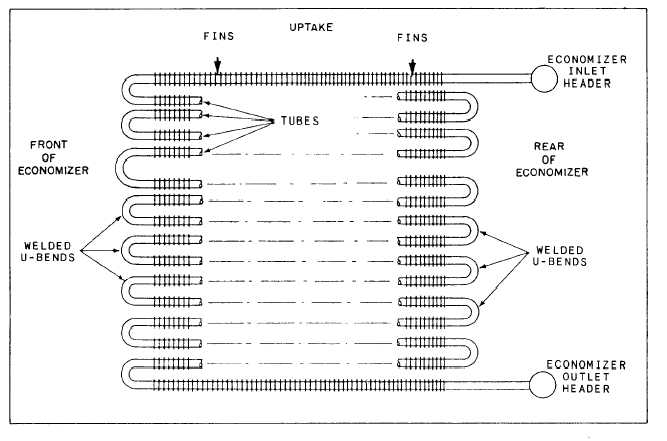Figure 4-10.—Side view of an economizer.
It is important that all internal fittings are
properly installed and in good working condition.
If excessive moisture is carried over into the
superheater, serious damage will result in the
superheater tubes, piping, and turbines.
The economizer (fig. 4-10) is an arrangement
of tubes installed in the uptake space from
the furnace. The economizer tubes have metal
projections from the outer tube surfaces. These
projections are called by various names, including
FINS, STUDS, RINGS, or GILL RINGS. They
are made of aluminum, steel, or other metals, in
a variety of shapes. These projections serve to
extend the heat transfer surface of the tubes on
which they are installed.
Before entering the steam drum, all feedwater
flows through the economizer tubes. The
economizer tubes are heated by the rising gases
of combustion. The feedwater is warmed or
preheated by the combustion gases that would
otherwise be wasted as they pass up the stack.
In figure 4-1 you can see that the economizer is
positioned on top of the boiler. There it acts as
a preheater.
So far, you have learned how the water gets
to the boiler and what happens while it’s there.
Next, let’s find out how the water is heated, where
the heat comes from, and what boiler components
are necessary for generating this heat.
FURNACE
The furnace, or firebox, is the large, room-
like space where air and fuel are mixed for the
combustion (fire) that heats the water in the
drums, tubes, and headers.
The furnace is more or less a rectangular steel
casing that is lined on the floor and walls with
refractory (heat-resisting) material. Refractory
materials used in naval boilers include firebrick,
insulating brick, insulating block, and air-setting
4-11


